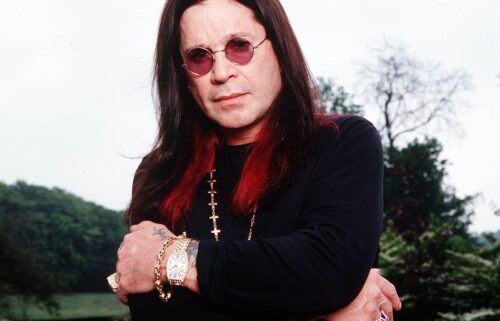Famous parties from NYC history
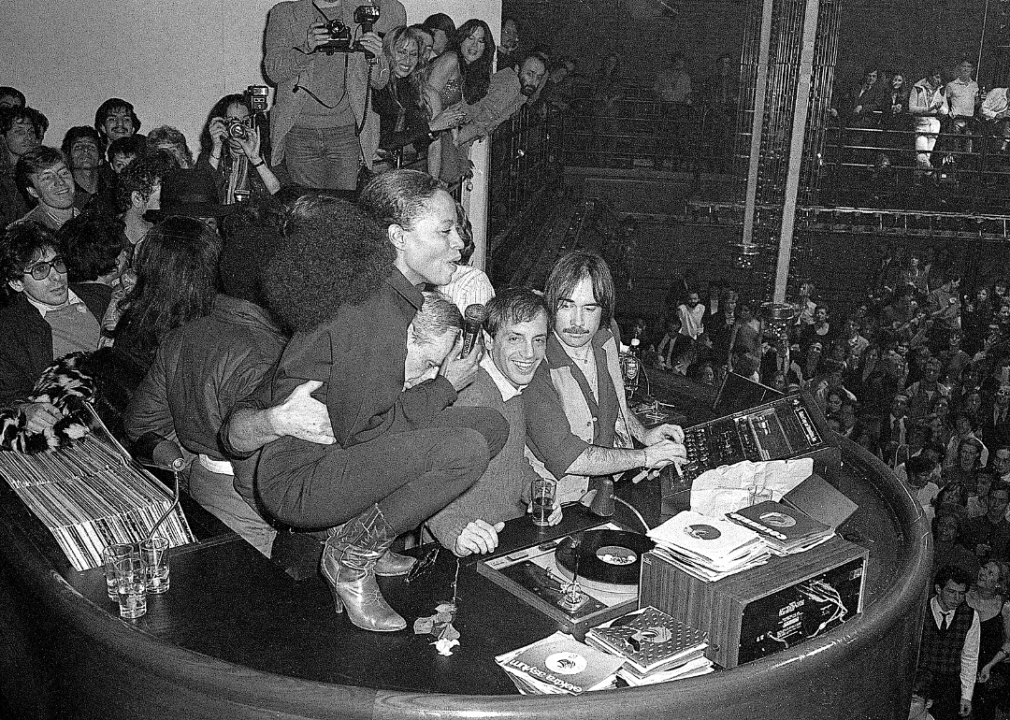
Bettmann // Getty Images
Famous parties from NYC history
Diana Ross and Steve Rubell at Studio 54 disc jockey booth
New York City is a social and cultural hot spot whose nightlife scene has long enthralled residents and tourists alike. But did you know the city had a law that banned dancing in its drinking establishments until 2017? New York’s Cabaret Law was a remnant of the Prohibition era that made musical performances and dancing illegal without a proper license, and, of course, this license was both expensive and difficult to obtain. Fingerprinting was mandated and anyone with a police record was immediately rejected.
This law initially targeted jazz clubs in Harlem and prevented musicians like Billie Holiday and Ray Charles from legally performing in the city, and it was used by Rudy Giuliani to shut down raves in the ’90s. It’s astonishing that this dated law lived until its 2017 repeal, but even with the threat of fines, establishments being closed, and task forces sweeping in, New York revelers didn’t let it stop the good times.
There has been much debate about when New York’s nightlife was at its peak: Some might praise the contemporary scene just as quickly as others lament it. Others feel nostalgic for the ’70s disco clubs or ’80s mosh pits. Some might think longingly of the Roaring ’20s and the days of speakeasies as the ultimate party era. Giggster takes a look at this long tradition of partying by spotlighting five iconic parties from the city’s history.
![]()
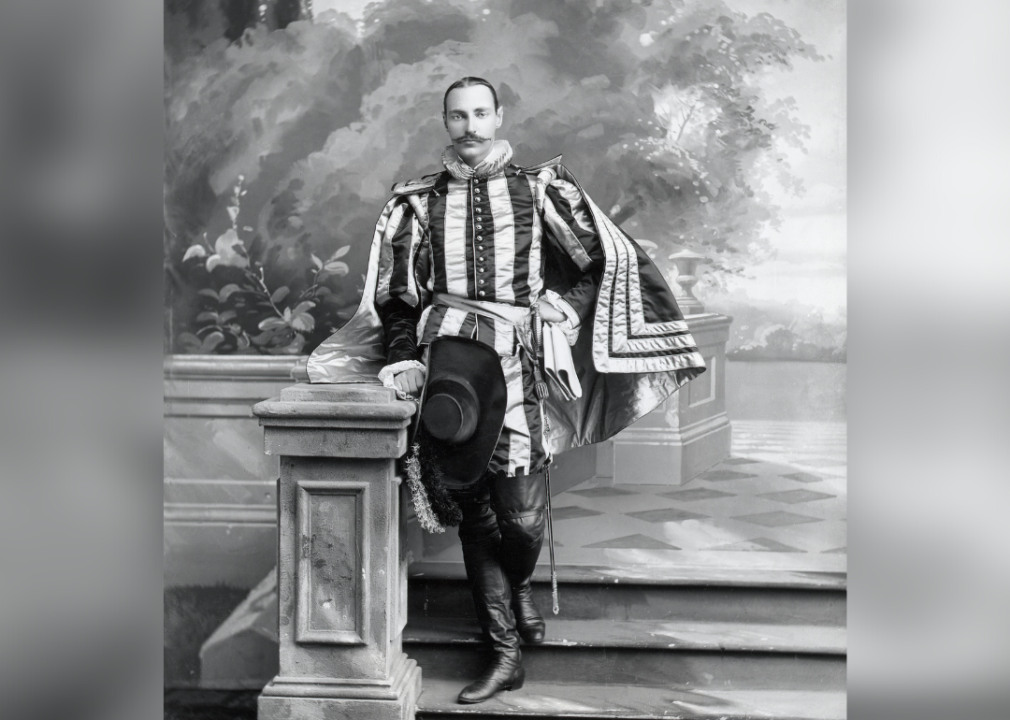
Bettmann // Getty Images
The Bradley-Martin Ball
John Jacob Astor dressed in costume for Bradley Martin Ball
The Bradley-Martin Ball is a hallmark of America’s Gilded Age, a period of remarkable economic growth and widening gaps between the upper and lower classes that lasted from 1870-1900. Held on Feb. 10, 1897 at New York’s old Waldorf-Astoria Hotel, where today the Empire State Building stands, this costume ball is regarded as one of the most extravagant and expensive parties ever held. Hosted by Bradley and Cornelia Martin, the evening itself lasted only four hours, but the Martins spent more than $300,000—what would be between $9 million to $10 million today. Add in the small fortune each guest spent to outfit themselves in extravagant costumes and you have one expensive night for the record books.
Costumes included Marie Antoinettes, Catherine the Greats, full coats of armor, and even appropriated Indigenous outfits. According to a New York Times article from 1897, every jeweler in the city had been wiped out by the ball’s patrons and many of them were wearing genuine stones from French nobility. The Bradley-Martin Ball sent waves through New York’s lower class, for obvious reasons, and the ensuing criticism caused the New York Tax Authority to hike taxes for the Martins and many of their guests—quite the legacy.
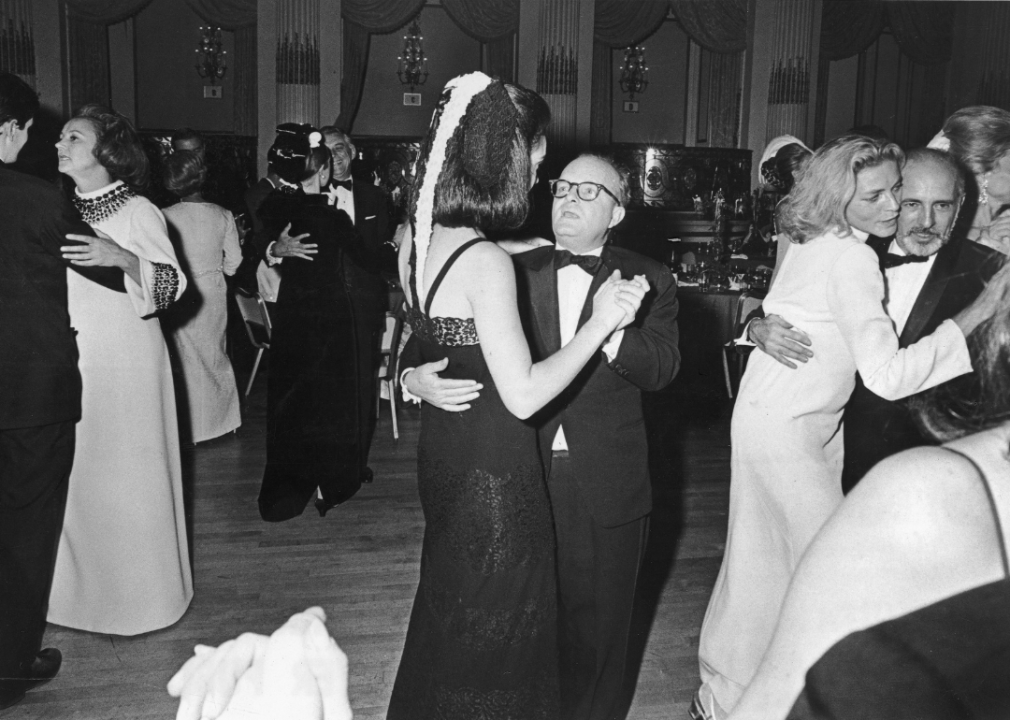
Express Newspapers/Getty Images
The Black and White Ball
Truman Capote dances with a guest at his Black and White Ball at the Plaza Hotel
Truman Capote was best known in the literary sphere for his short stories, novels, and foray into the world of true-crime writing. However, his impact in the social sphere can be summarized by his epic Black and White Ball at New York’s Plaza Hotel. Almost 60 years have passed since the night of Nov. 28, 1966, when Capote hosted his invite-only masked ball in honor of Katharine Graham, the president of The Washington Post. Capote was so enthralled by the chance to cultivate his own guest roster that he sent his final invite list of 540 guests to The New York Times for the world to see.
One of the main reasons this event stands out is the diversity of Capote’s carefully curated list. Guy Trebay writes that, “No one had ever imagined, let alone attended, a formal party with a guest list so wildly catholic that it brought into one room the poet Marianne Moore and Frank Sinatra.” As indicated by the name, the ball had a strict black-and-white theme, and guests, regardless of fame, were required to wear intricate masks.
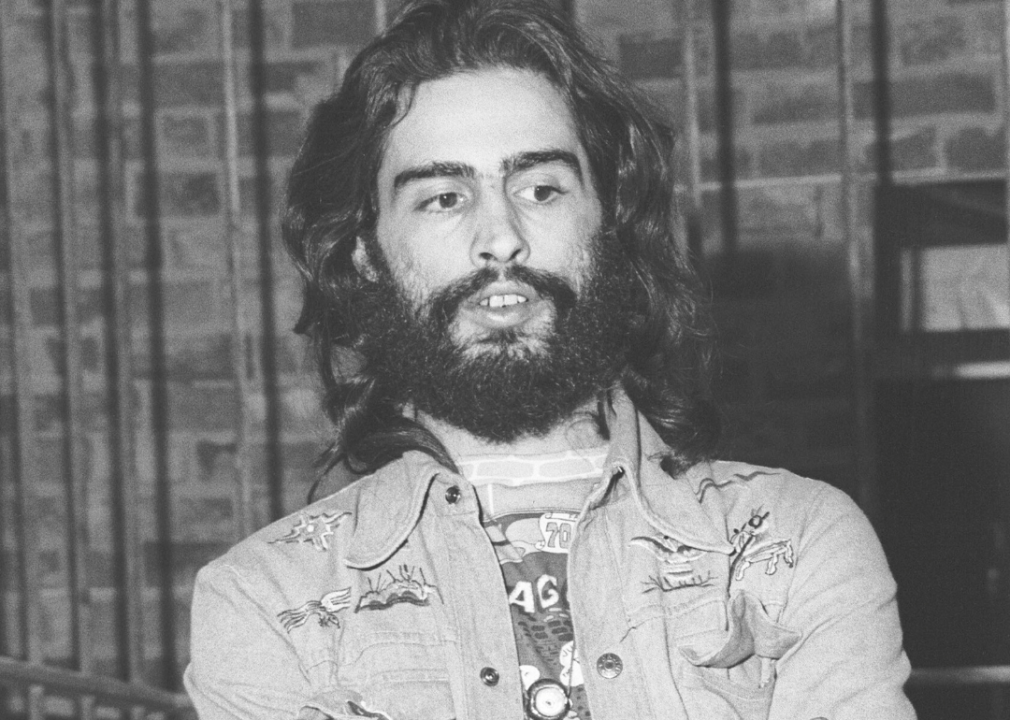
Allan Tannenbaum // Getty Images
The Loft
David Mancuso stands by brick wall
The Loft refers to 645 Broadway, the Manhattan apartment of deejay David Mancuso, who, on Feb. 14, 1970, held a party there as a last-ditch attempt to make his rent for the month. Complete with his Klipschorn speakers and obscure record collection, Mancuso sent out invitations adorned with Salvador Dalí’s “The Persistence of Memory” and text reading “Love Saves the Day” to draw in a diverse group of around 100 people.
The initial party was a success, offering catharsis and emotional support to a generation that desperately needed it in an atmosphere that strayed away from the alcohol- and bass-heavy clubs of the time. The Loft continued—and still continues—to host dance parties, albeit no longer at its original location, and inspired countless DJs and the modern conception of dance music. Pitchfork’s Andy Beta writes, “… whether you move to disco, house, acid, techno, trap, dubstep, or whatever new dance genres might arise—all can claim the Loft as paterfamilias.”
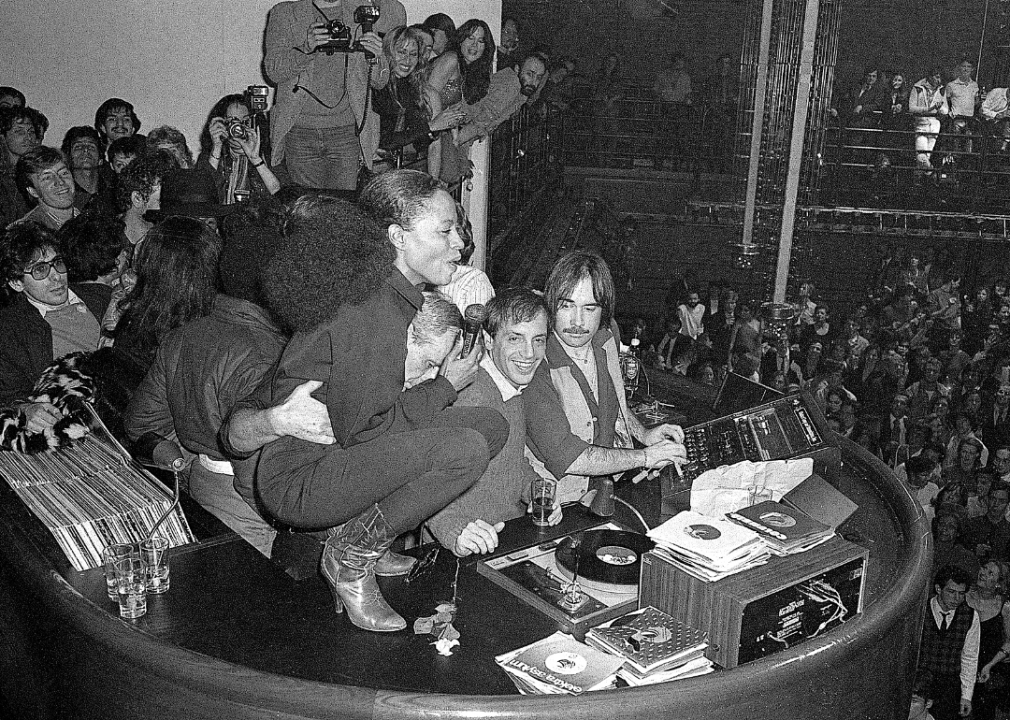
Bettmann // Getty Images
The End of Modern-day Gomorrah
Diana Ross and Steve Rubell at Studio 54 disc jockey booth
The name Gomorrah is an intentional biblical reference, and it refers to a city that was so full of sin that God had no choice but to wipe it from the face of the earth. For this party, however, the destruction of Gomorrah is modernized to refer to the iconic ending of New York City’s famous Studio 54 nightclub. The club stood in an old TV soundstage on 54th Street in Midtown Manhattan and found its niche with the rise of disco, routinely drawing in VIPs like Andy Warhol, Cher, Bianca and Mick Jagger, and Elton John with its pro-drug, pro-sex, anything-goes atmosphere. Unfortunately, those in charge took this sentiment too far and engaged in some illegal behavior of their own, namely massive income tax evasion and selling drugs, which sent them to jail and closed the club.
Studio 54’s last night, Feb. 2-3, 1980, is one for the history books, doubling as a closing party and going-away party for the soon-to-be-incarcerated owners. It featured a performance from a club regular, Diana Ross, on a moveable bridge inspired by Broadway’s “Sweeney Todd” set. It’s estimated 2,000 people attended the all-night party, including Richard Gere and Liza Minnelli, and the atmosphere was far more celebratory than the occasion seemingly called for at the time.
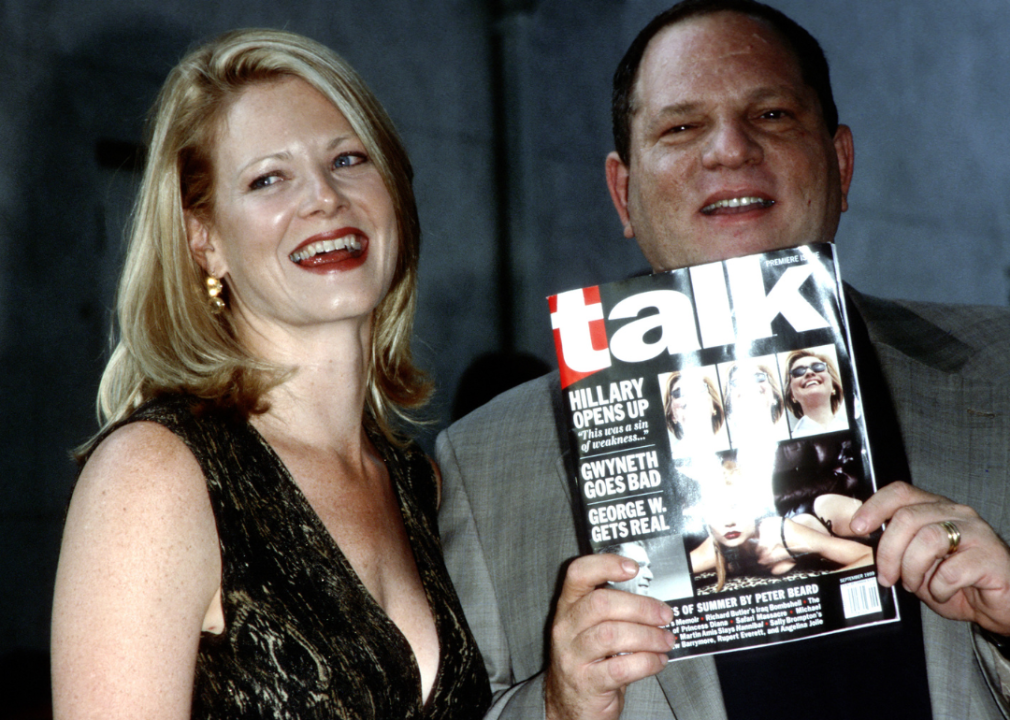
Ron Galella/Ron Galella Collection via Getty Images
The launch party for Talk magazine
Elizabeth Hurley and Hugh Grant join editor Tina Brown Talk Magazine Launch Party
While magazines are by no means irrelevant today, they are increasingly distanced from the massive cultural and fiscal print empires that the 20th century saw come to fruition. The impact of computer accessibility and the internet was a nonissue to magazine moguls in 1999, when Miramax’s Talk Media and Hearst Magazines chose journalist and editor Tina Brown to head their newest creation, Talk magazine. Talk most definitely started with a ban—its Aug. 2, 1999 opening night party, referred to as simply “The Party,” was highly publicized and seeped with ’90s excess.
Held on New York City’s Liberty Island, the Statue of Liberty was no more than a backdrop for the 800 VIP guests in attendance, including Queen Latifah, Jerry Seinfeld, Madonna, and Helen Mirren. Guests could only arrive via the Liberty Island Ferry, referred to as an A-List Noah’s Ark. Co-hosted by Hollywood heavyweights Harvey and Bob Weinstein, they, much like the magazine itself, were at the precipice of something big—just not something long-lasting. Talk was intended to be a general interest magazine but would become characterized by its celebrity profiles and lack of a cohesive voice during its short run; it was terminated in 2002, only three years after its promising start.
This story originally appeared on Giggster and was produced and
distributed in partnership with Stacker Studio.




